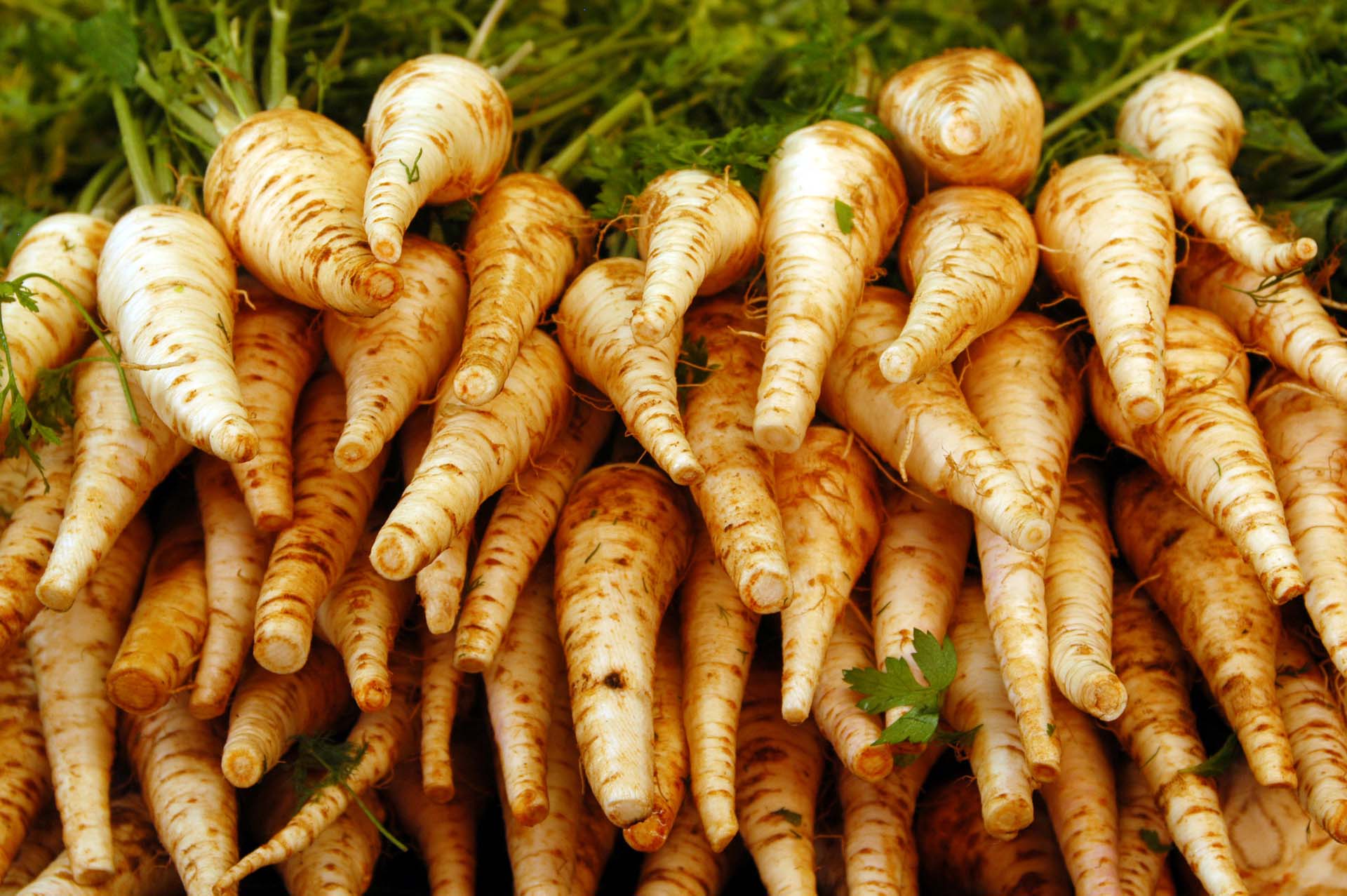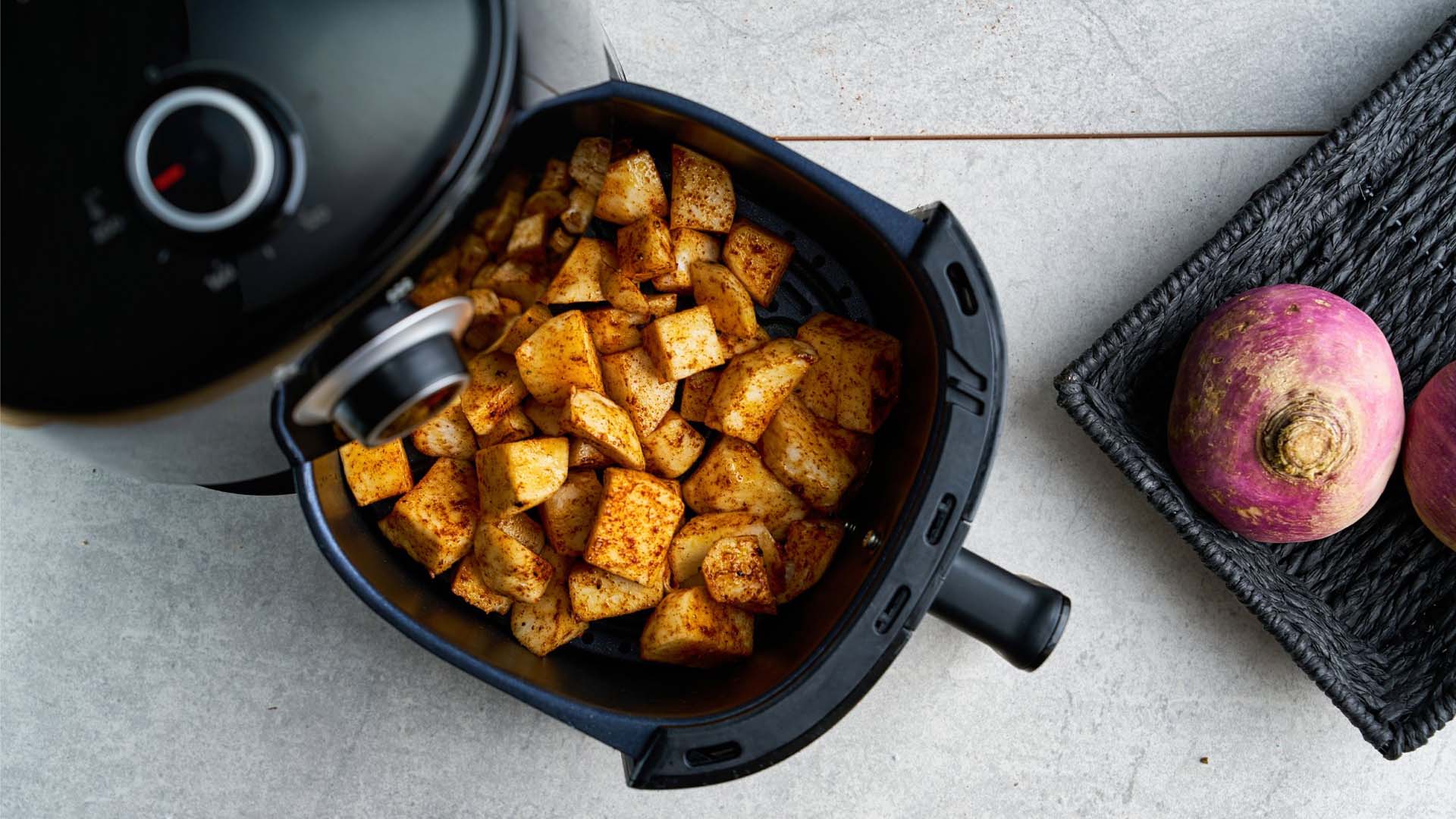Yeast intolerance diet tips
Find out what to stock your fridge with so you can avoid the bad breath, bloating, sugar cravings and other symptoms of yeast intolerance with our diet tips.
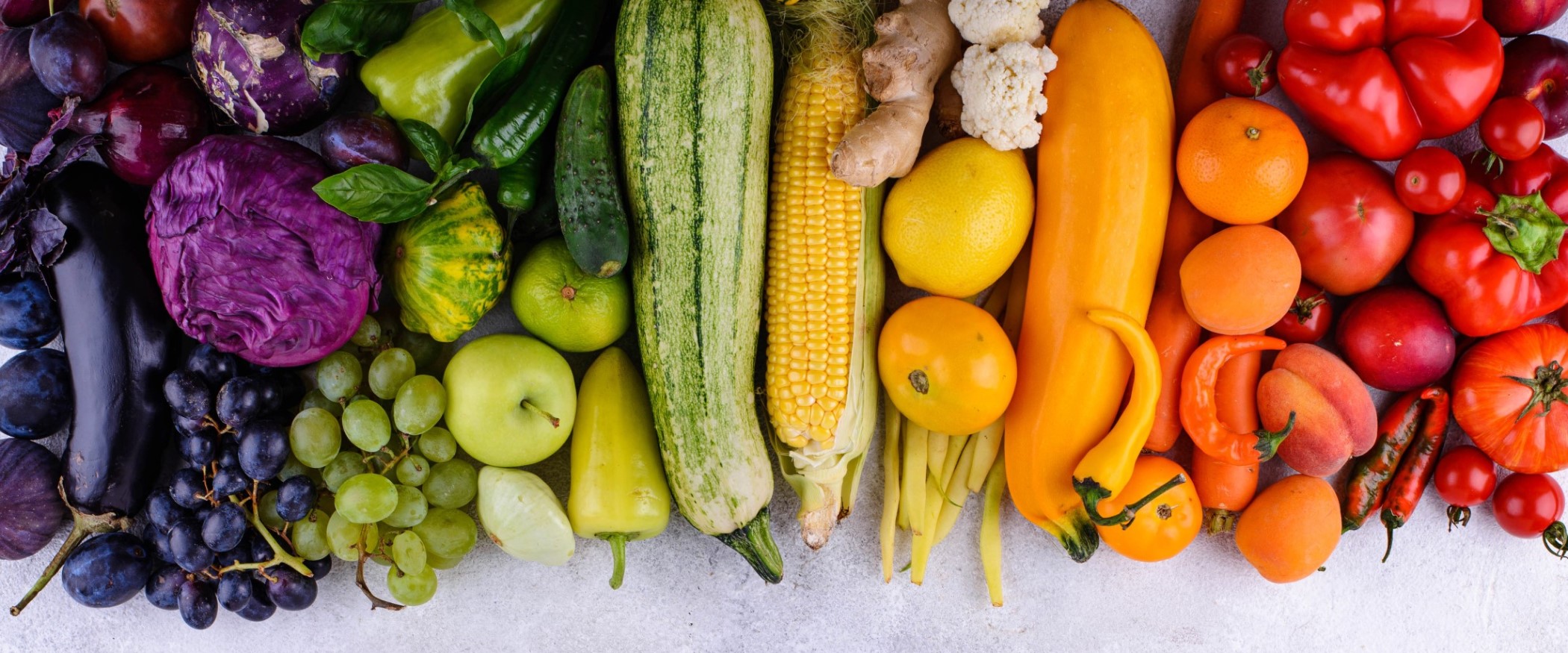
Find out what to stock your fridge with so you can avoid the bad breath, bloating, sugar cravings and other symptoms of yeast intolerance with our diet tips.

A true yeast intolerance or allergy is surprisingly rare, and may in fact be a result of hypersensitivity to specific proteins in things like beer and wine, rather than yeast itself. However, sensitivity to yeast can be a factor in irritable bowel syndrome (IBS).
If you have been diagnosed with yeast intolerance, bread isn’t the only thing to avoid - there are some surprising foods it could be a good idea to take off the menu.
Bear in mind that your gut naturally contains yeasts, so even if you don’t eat foods containing yeast, you may find that certain foods exacerbate symptoms.
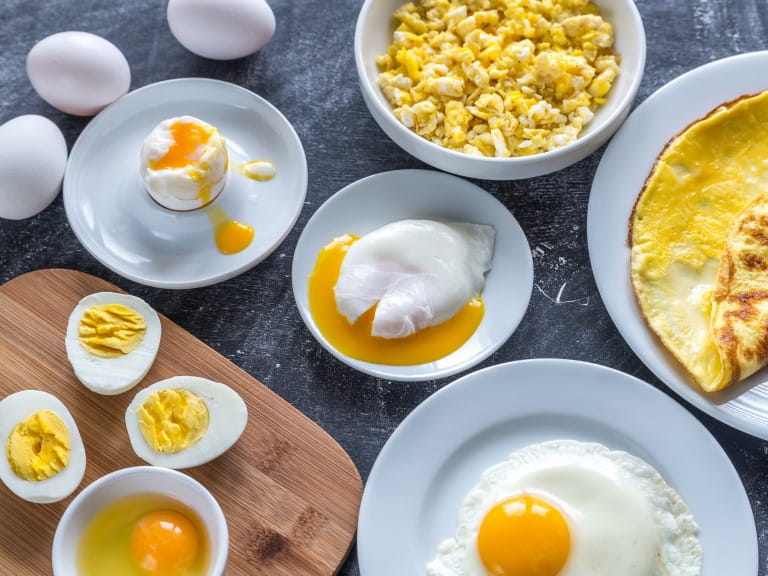
There are some types of foods that you can always eat without worrying.
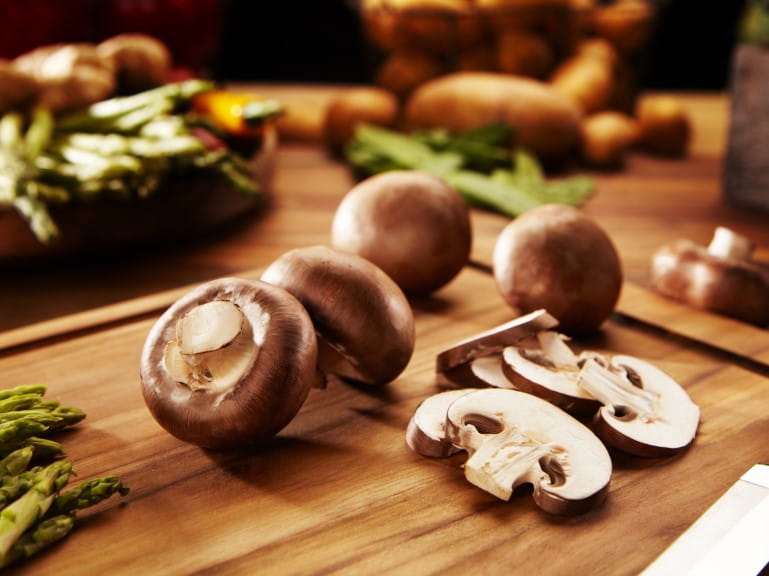
If you decide to avoid diary make sure you meet your daily calcium requirement of 700mg (adults 19+) . Women past the menopause and men aged 55+ are recommended to get 1,200mg of calcium a day. Meanwhile those with coeliac disease, inflammatory bowel disease and osteoporosis are advised to aim for 1,000mg a day.


Finding foods that you can tolerate can involve a certain amount of trial and error. However the following are usually fine.
If you are restricting your diet always consult a registered dietitian or other suitably qualified healthcare professional to ensure your diet contains the right balance of nutrients and you do not develop deficiencies.

We reveal the 7 best tinned foods to supercharge your health while saving you time and money.

Just four teaspoons of olive oil a day can reduce heart disease risk in six weeks, according to research.
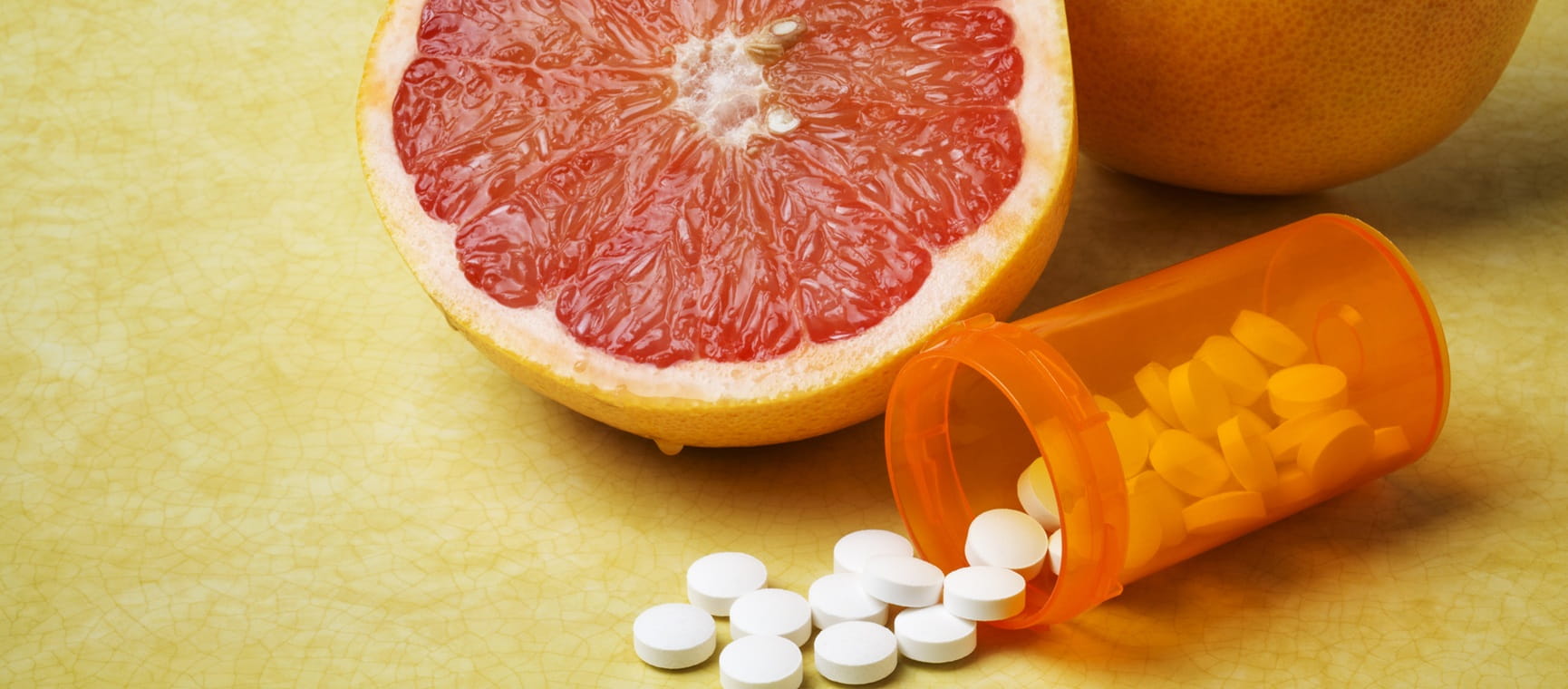
Our expert guide to the common foods you shouldn't mix with prescription drugs.

Experts reveal whether chilled supermarket soups are worth the extra cost and if some flavours are better for you than others.
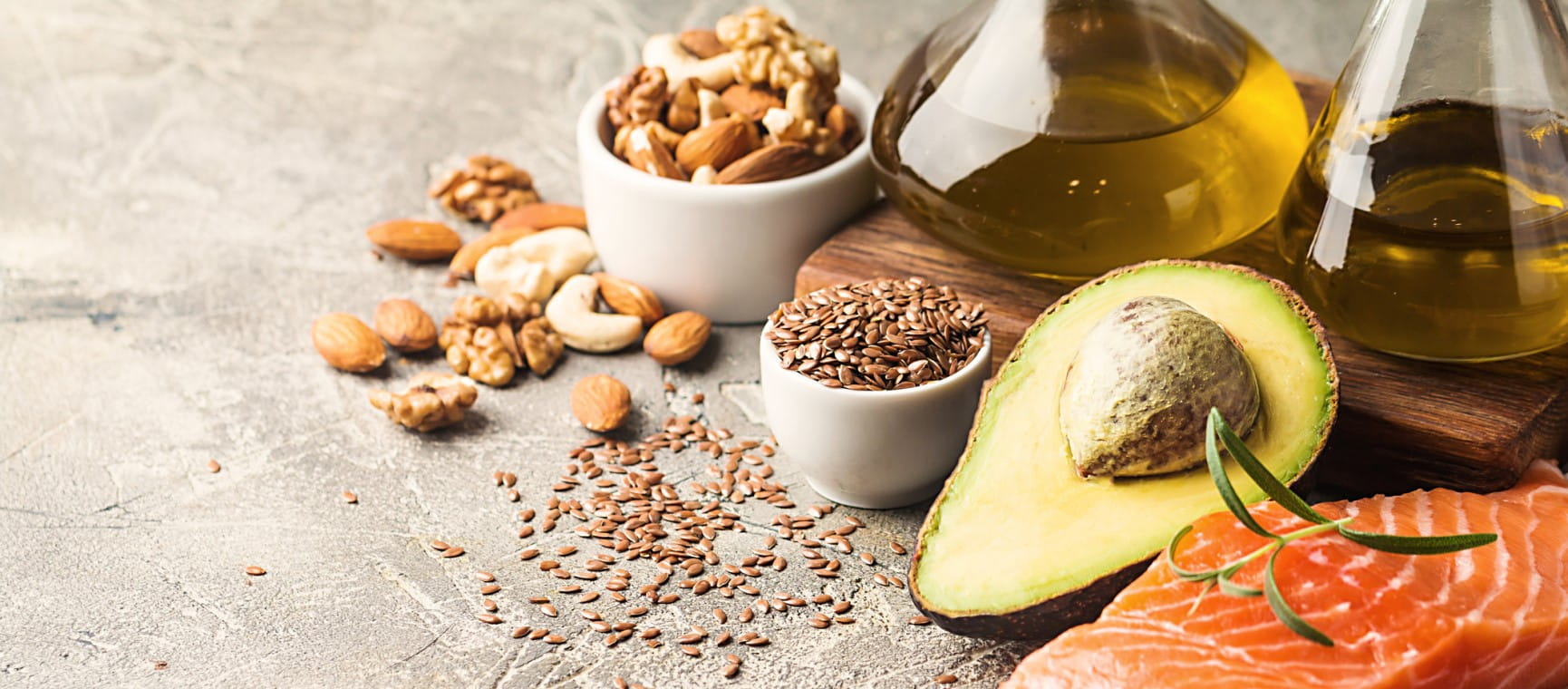
We’ve ranked some of the most popular fats we eat from best to worst.
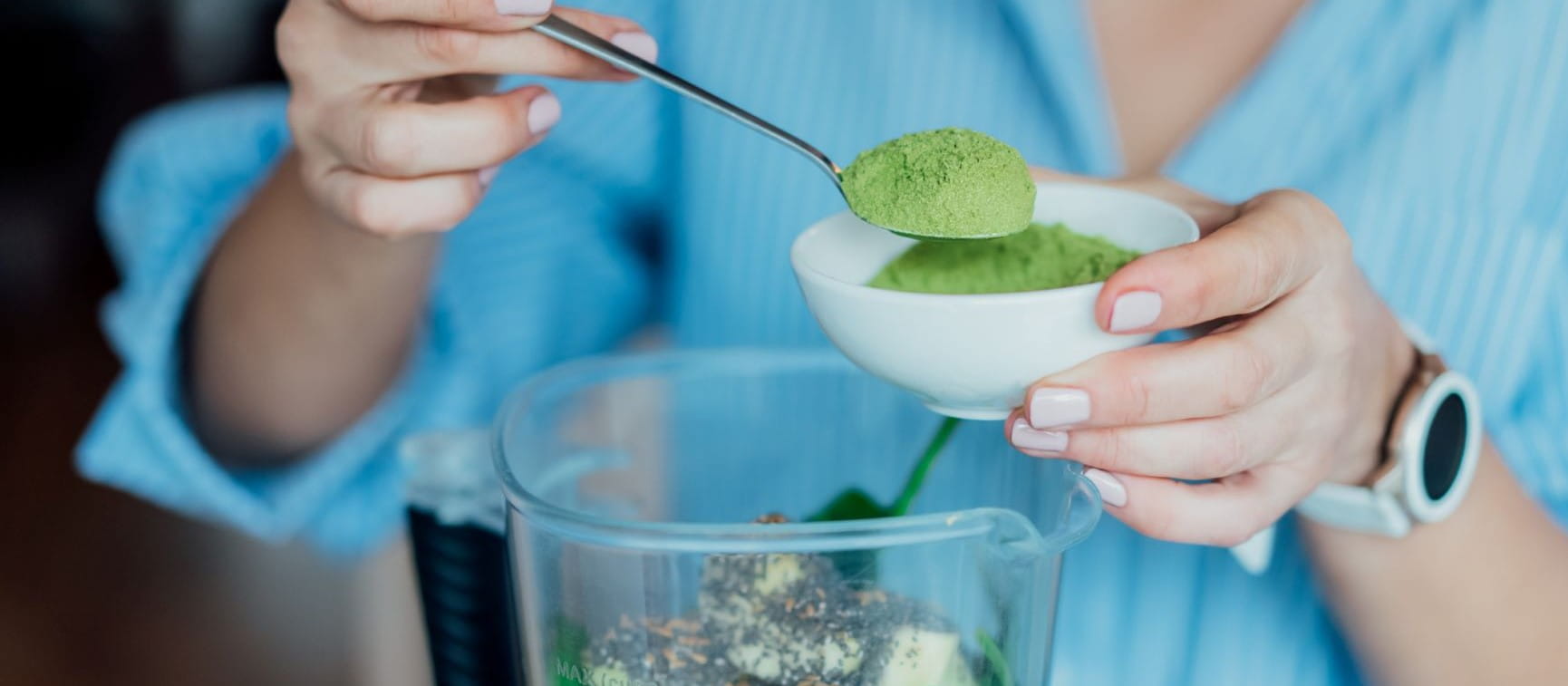
What are superfood powders and how useful are they? Experts reveal their choices of the best ones to try.
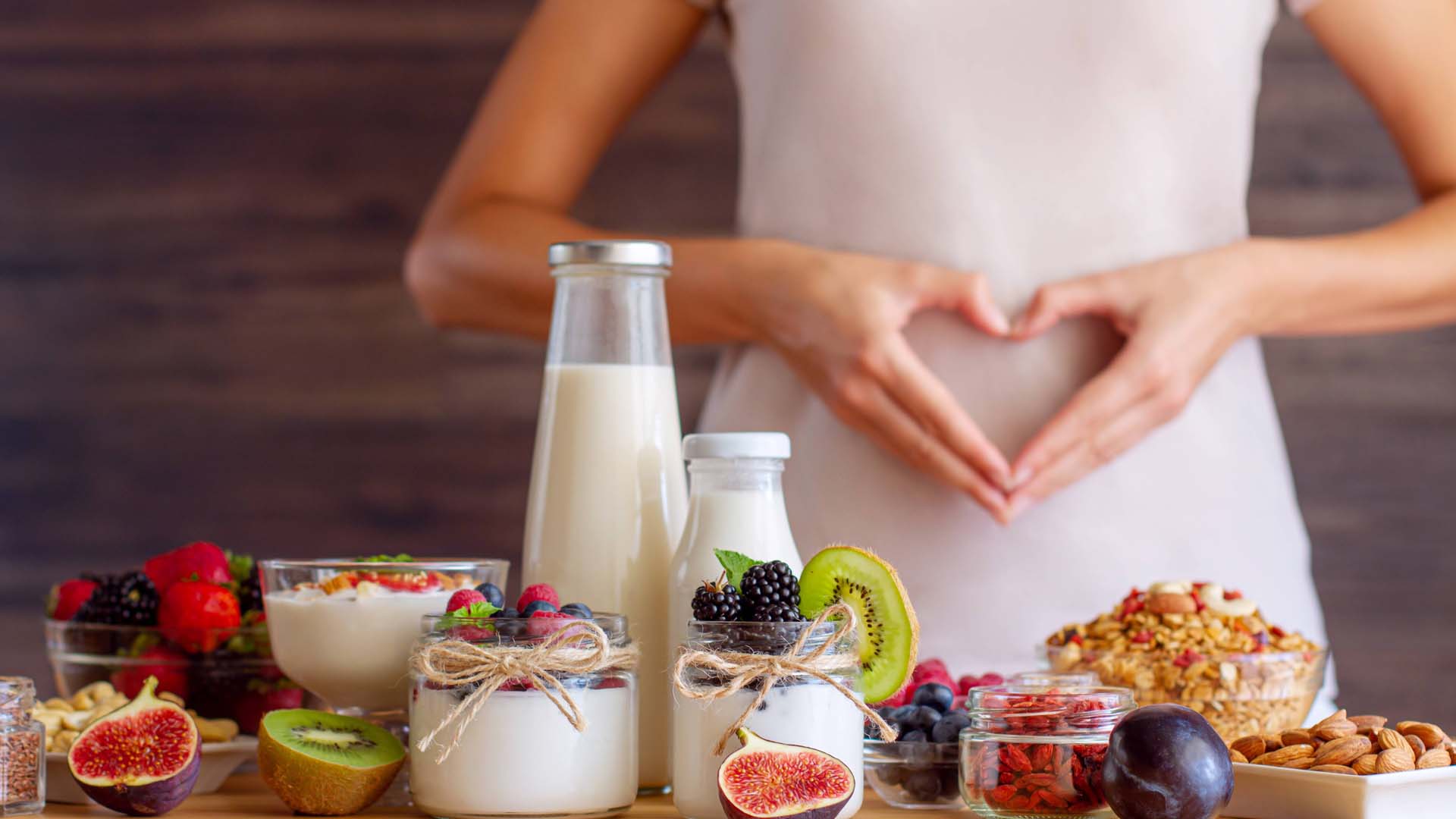
Looking after your gut health could be one of the biggest things that you can do for your overall health. Here are the best foods to keep your gut happy.
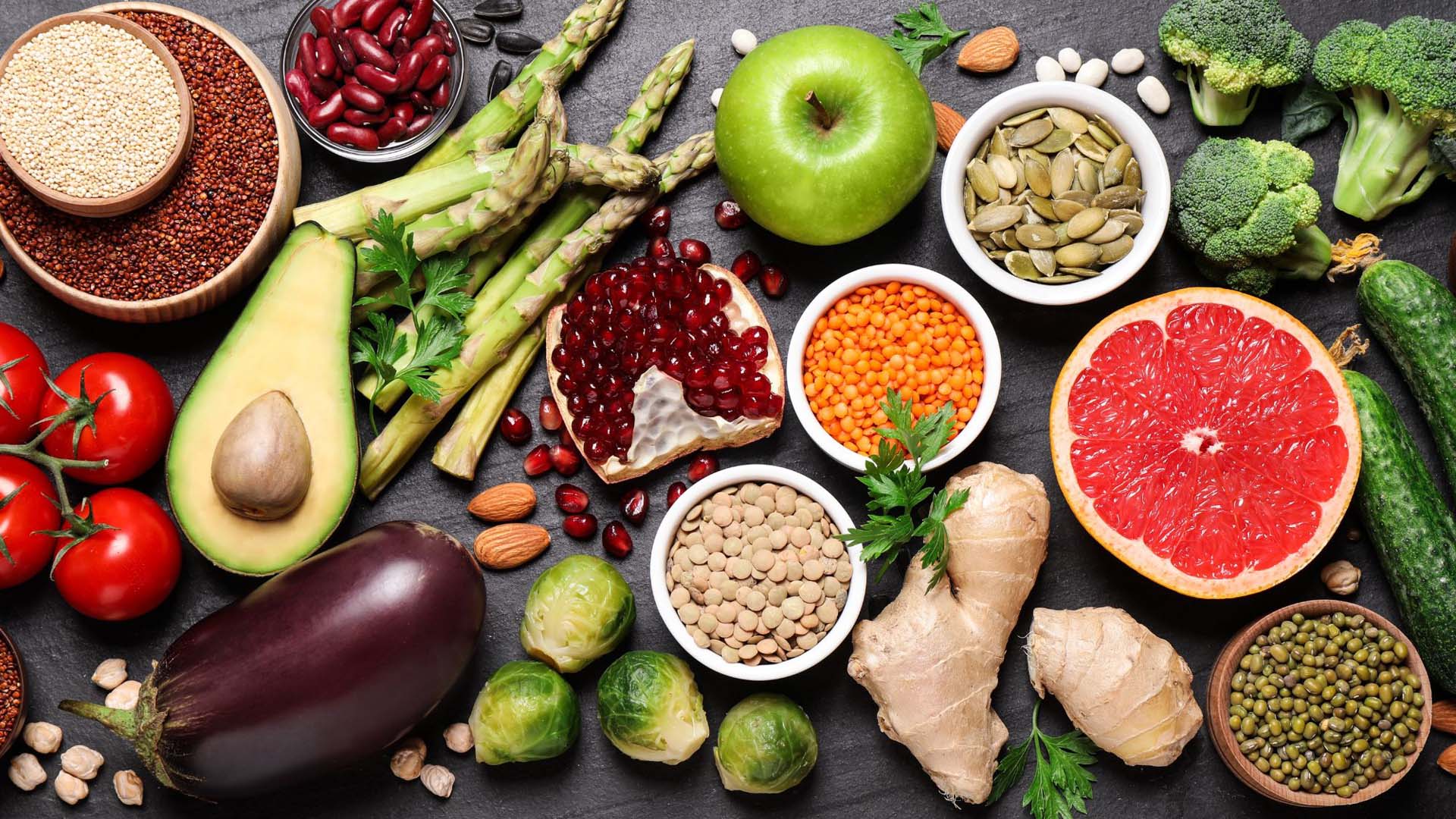
The foods that could help you live longer and protect against chronic illness.


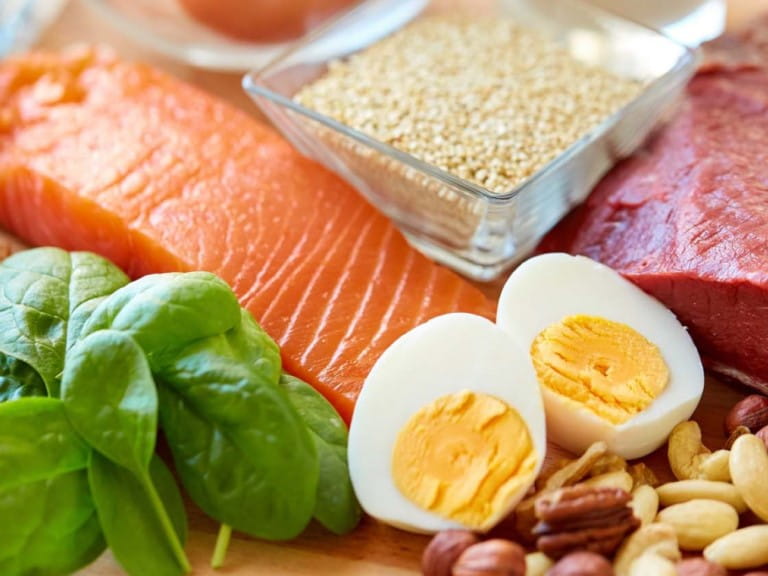
Everything you need to know about protein, from how it benefits your body to the best high-protein foods – and how much you really need.
